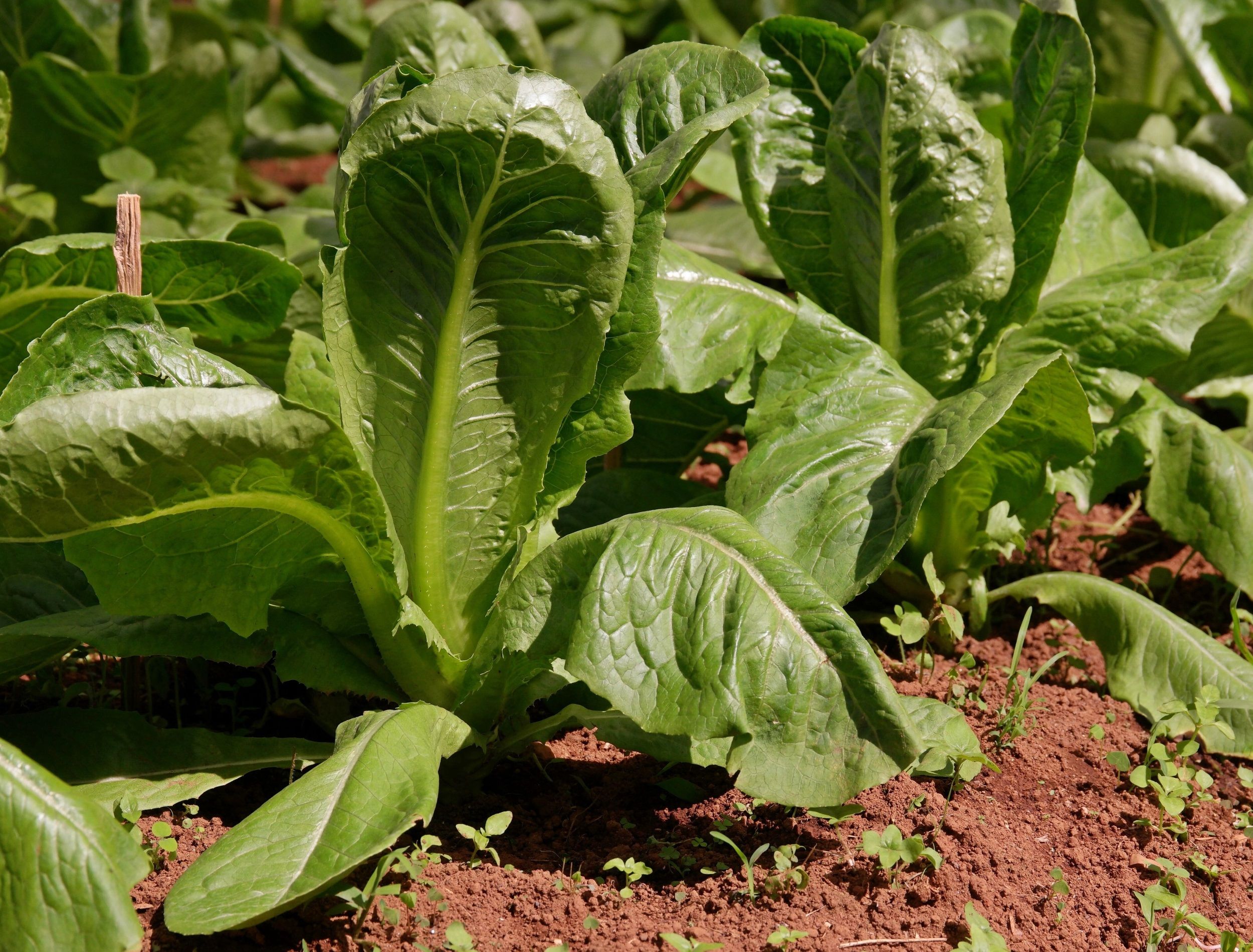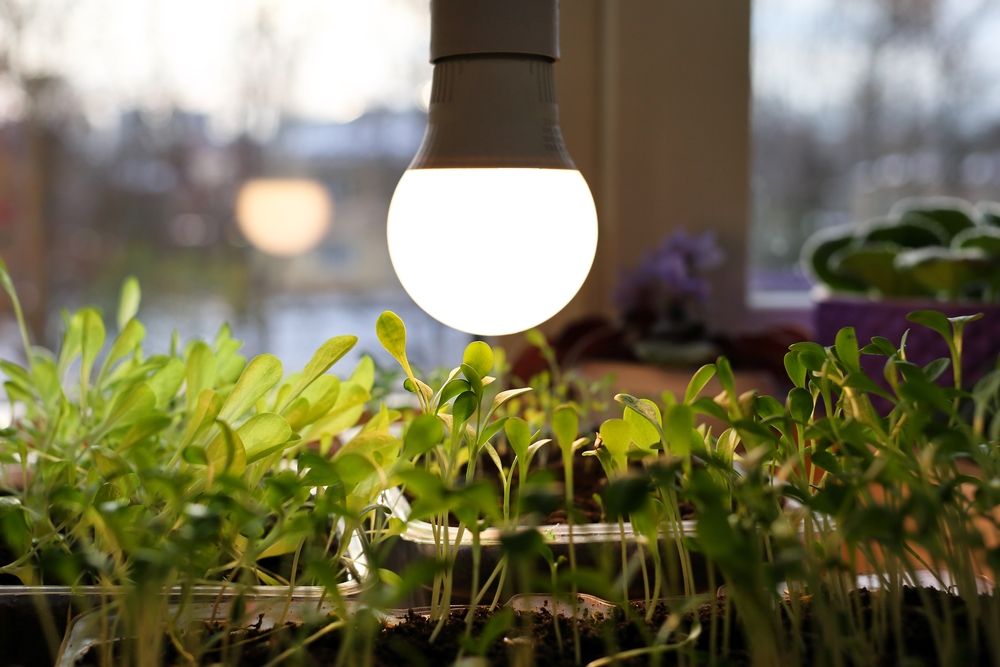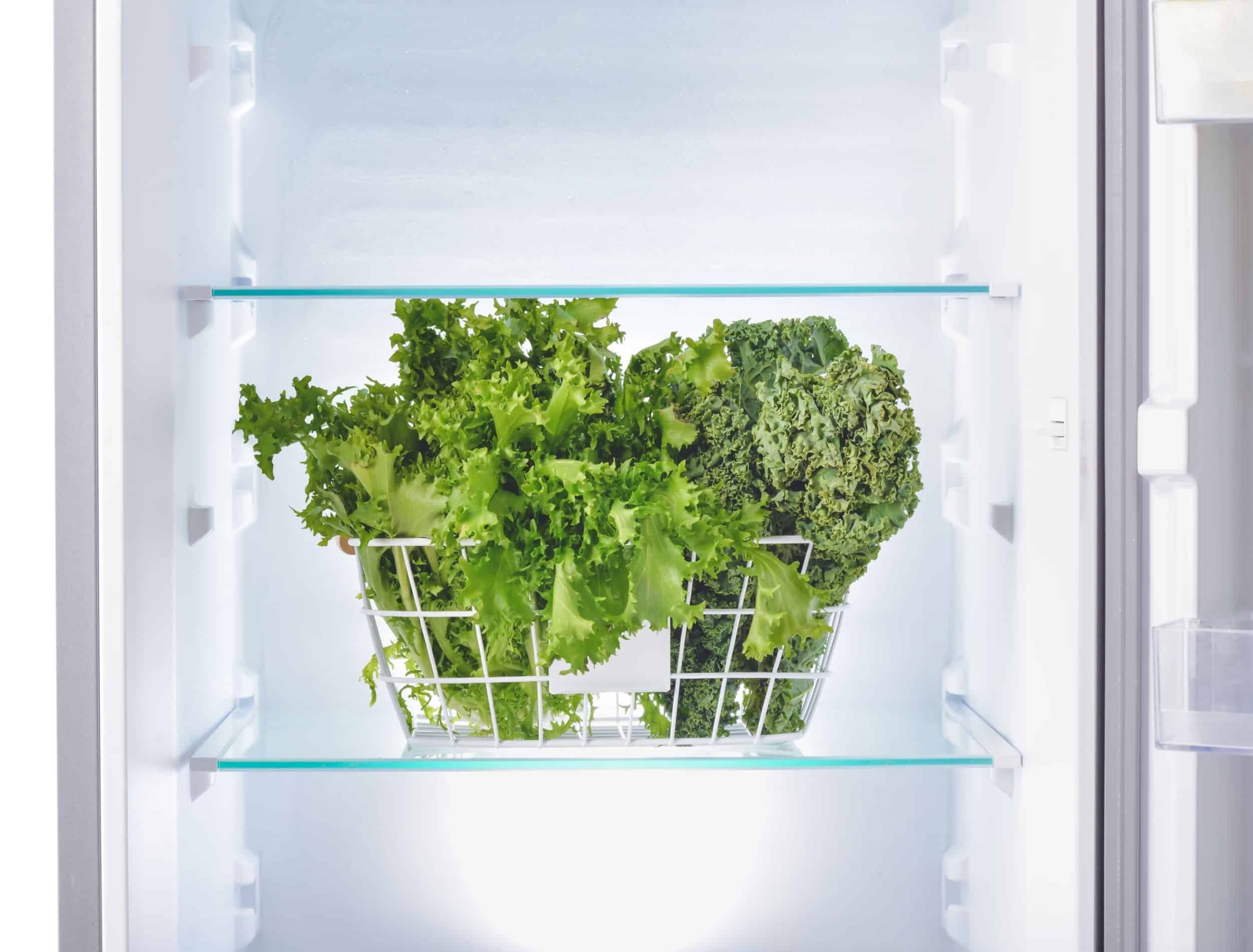While gardening is an exciting and rewarding hobby because you must stay on top of your care routine to keep the plants happy and healthy, there is nothing worse than checking on your vegetable garden to discover something has gone amiss. Wilting lettuce is unattractive and alarming as it demonstrates that there is something not quite right in your garden beds.
So, how can you identify the cause of wilting lettuce? Essentially, it is a process of elimination where you'll need to think about how you have been treating the plants, but also look for other signs and symptoms. Learn all about four different reasons why your lettuce may be wilting, and what you can do to bring it back to life.
Improper Watering
Image credits: svehlik via Canva
It is no secret that an improper watering routine has a negative effect on plants, and the same rings true for lettuce. Too much or too little water can result in wilting foliage, along with poor growth.
Drought stress is identifiable through wilting leaves, no new growth, and very dry soil. Overwatering usually results in soggy soil, yellow and wilting leaves, and root rot. If the plant has root rot, you'll need to remove it from the ground and start fresh.
To prevent issues with watering, ensure the leafy greens are in well-draining soil and cover with a 3 inch layer of mulch to maintain proper moisture levels. If you are planting in containers, use terracotta or clay pots with drainage holes. In general, water weekly with 1 inch of water. Temperatures and weather conditions affect this, so check daily and only water if the top inch of soil is dry.
Poor Weather Conditions
Image credits: EvgeniusD via Shutterstock
Since lettuce is generally a cool weather crop, preferring temperatures between 32 and 75 degrees Fahrenheit, excessive heat has an adverse effect, resulting in wilting. If temperatures reach above 75 degrees Fahrenheit, the plant may wilt, grow slowly, or bolt. Always try to grow leafy greens in fall, winter, or spring, and avoid growing in summer.
Heavy winds can whip lettuce heads around, causing the tissue at the soil line of the leaves to become tender and damaged. If necessary, transplant your leafy greens into a container and bring it indoors or into a greenhouse where you can ensure it receives more comfortable temperatures, no harsh winds, and controlled watering.
Diseases and Pests
Image credits: Angurt via Shutterstock
Always remember to check your crops thoroughly to see if they are being affected by pests or disease. Diseases and pests are another cause of wilting leaves.
Lettuce drop, caused by the fungal pathogens Sclerotinia minor and Sclerotinia sclerotiorum, can cause plant rot and death. Since the fungus thrives in wet soil, ensure you are not overwatering your lettuce and use well draining soil when planting. Destroy infected plants and do not put them in your compost pile. Then, replant the leafy greens, preferably in a new location with better soil.
Another thing to look out for are root nematodes. They live in the soil and attack the root system of lettuce plants, resulting in stunted growth and wilting. You might also notice discoloration on the leaves. Properly watering and fertilizing your lettuce helps the plant combat the effects of the root nematodes, especially when fertilized with a nitrogen rich fertilizer every two weeks.
Pro Tip: Crop rotation is a great way to prevent diseases and pests. It stops them from having constant access to specific plants. It also helps to increase yield and conserve garden soil.
Incorrect Storage
Image credits: Pixel-Shot via Shutterstock
Lettuce wilting while it is growing is one thing, but you might also spot unhappy leaves once you harvest and store the vegetable. First of all, leafy greens belong in the fridge, not on the counter. Further to that, the crisper drawer is the best spot as it maintains ideal moisture levels, ensuring the delicate leaves last longer. Make sure your greens are well-ventilated in an open or perforated container or bag and don't overpack the crisper drawer.
While there are many fruits and veggies that you shouldn't wash, like strawberries and tomatoes, you can wash lettuce varieties such as romaine. Avoid washing spinach, kale, and arugula until you are ready to eat them as they are more prone to wilting. Storing the leafy greens with paper towel will soak up extra moisture, also preventing wilting.
Romaine Calm!
While your lettuce might be wilting, the causes don't mean the leafy veggie is going to die. Overall, it is best to adjust your watering routine, treat for pests and diseases, and ensure the temperatures aren't too hot. If it is wilting in the fridge, simply move it into the crisper and change up your storage methods!
Do you have any tips for reviving wilted lettuce plants? Share in the comments below!





